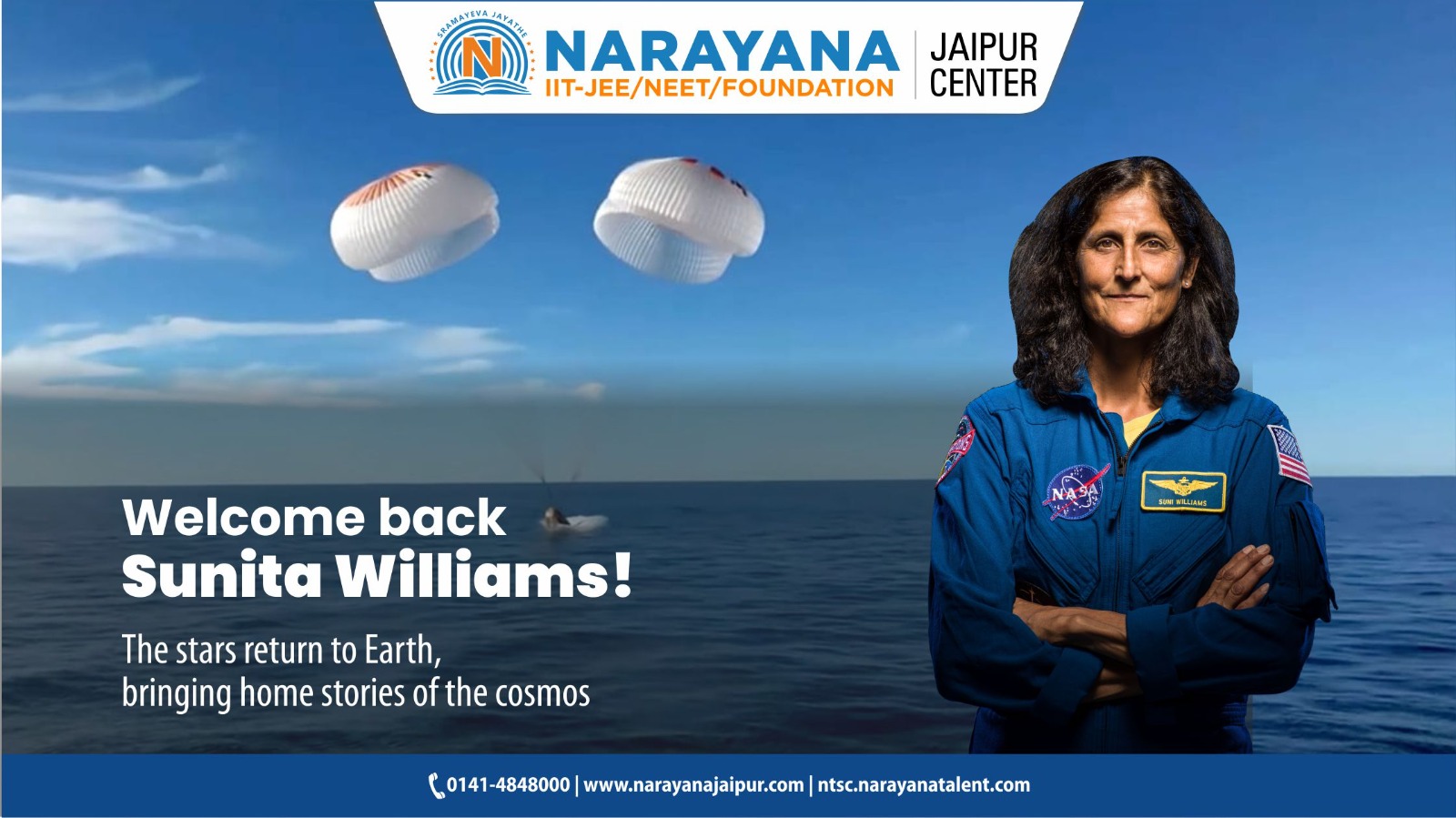Sunita Williams, an American astronaut and United States Navy officer, has carved a remarkable legacy in space exploration. With her extraordinary achievements, she has not only broken records but also inspired millions around the world.
Early Life and Education
Born on September 19, 1965, in Euclid, Ohio, Sunita Williams (née Pandya) comes from an Indian-Slovenian heritage. She pursued a Bachelor of Science degree in Physical Science from the United States Naval Academy in 1987 and later obtained a Master of Science degree in Engineering Management from Florida Institute of Technology in 1995.
A Naval Career that Took Her to the Stars
Williams began her career as a helicopter pilot in the U.S. Navy, serving in various missions before transitioning to NASA in 1998. Her experience as a test pilot played a crucial role in her selection as an astronaut.
Record-Breaking Space Missions
Williams has embarked on multiple space missions, setting significant records along the way:
- Expedition 14/15 (2006-2007): She spent 195 days aboard the International Space Station (ISS), setting a record for the longest spaceflight by a woman at the time.
- Expedition 32/33 (2012): During this mission, she became the first person to run a marathon in space and logged over 50 hours of spacewalks.
- Commercial Crew Program (Boeing CST-100 Starliner): She has been selected as part of NASA’s ongoing mission to develop commercial spacecraft for future space travel.
Why Sunita Williams Undergoes 45 Days of Rehabilitation After Space Travel
Sunita Williams, like all astronauts returning from space, undergoes a 45-day rehabilitation program to help her body readjust to Earth’s gravity. This rehabilitation is crucial because prolonged exposure to microgravity in space causes several physiological changes in the human body. Here’s why astronauts, including Sunita Williams, require this rehab:
1. Muscle Weakness & Loss of Strength
In microgravity, muscles are not used as much as they are on Earth. Despite daily exercise in space, astronauts experience muscle atrophy, especially in their legs and back. The rehab program focuses on strengthening these muscles and regaining normal movement.
2. Bone Density Loss
Astronauts can lose up to 1-2% of their bone density per month in space due to the lack of weight-bearing activities. The rehab includes physical therapy and resistance training to help restore bone strength and prevent fractures.
3. Balance & Coordination Issues
Space affects the vestibular system (inner ear balance control), leading to dizziness and difficulty in walking upon return. Astronauts often feel unsteady and experience “space legs”, where they struggle with simple tasks like standing or walking. The rehab program helps them regain coordination and balance.
4. Cardiovascular Adjustments
In space, the heart doesn’t work as hard to pump blood, leading to cardiovascular deconditioning. Some astronauts experience low blood pressure and dizziness upon standing. Rehab includes cardio exercises and monitored recovery to help the heart adjust back to normal function.
5. Psychological Readjustment
Returning to Earth’s environment after months in isolation and a controlled space setting can be psychologically overwhelming. The rehab also includes mental health support to help astronauts readjust to daily life, reconnect with family, and manage any stress or disorientation.
Achievements and Legacy
Williams holds several records, including:
- Longest spacewalk time by a female astronaut (50+ hours across seven spacewalks).
- The first person to complete a triathlon in space.
- A key contributor to ISS research and maintenance.
Her passion for science, engineering, and exploration has made her a role model for aspiring astronauts and young scientists worldwide.
Inspiring Future Generations
Beyond her technical accomplishments, Sunita Williams has inspired countless individuals, particularly young women, to pursue careers in STEM fields. Her dedication and perseverance exemplify the limitless possibilities of human achievement.
As space exploration continues to evolve, Sunita Williams remains a shining example of courage, determination, and excellence. Her contributions to space research and interstellar travel will undoubtedly leave a lasting impact on humanity’s journey beyond Earth.
Department: Student Counseling Desk
Narayana Jaipur Center (NIHQ)


